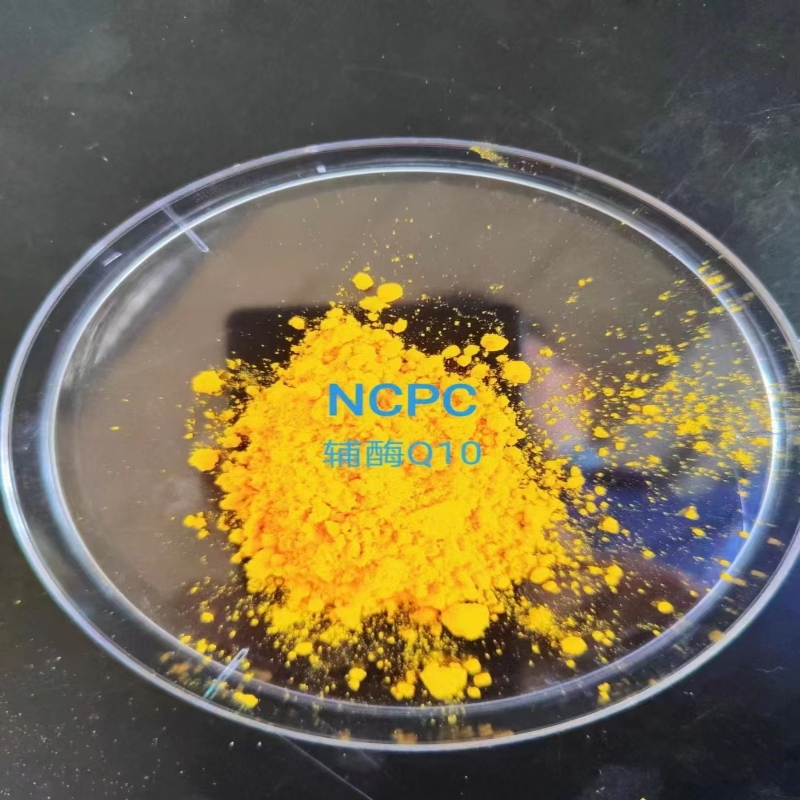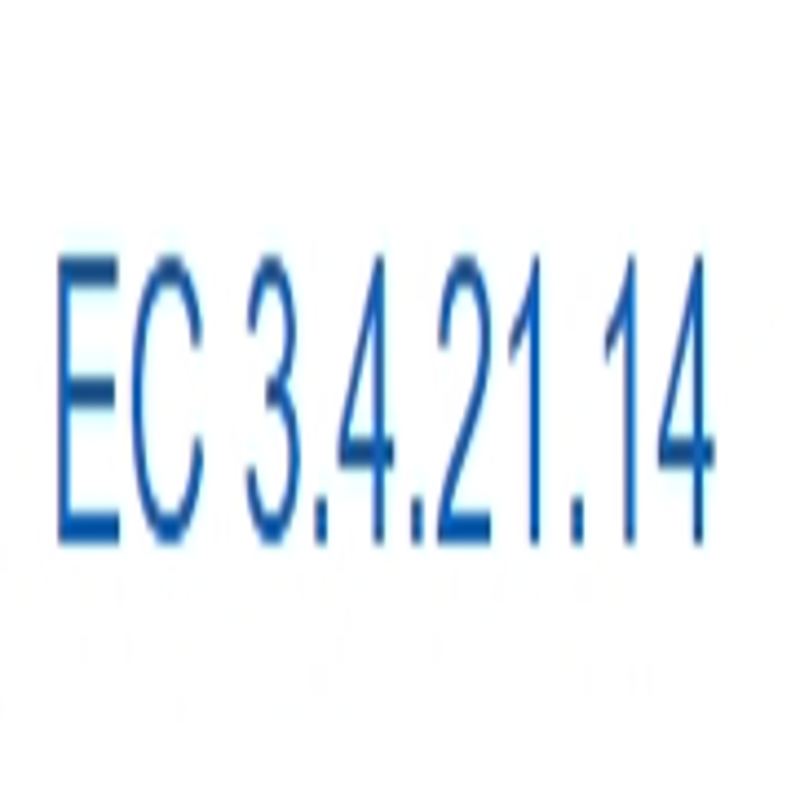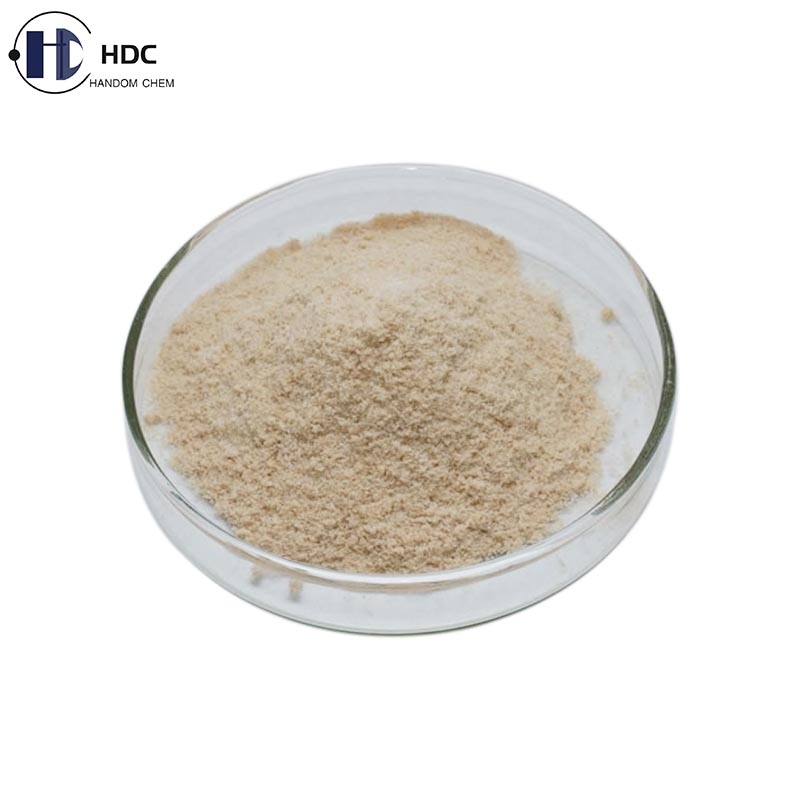CRISPR boutique operation guide: how to accurately and effectively complete the experiment!
-
Last Update: 2015-03-04
-
Source: Internet
-
Author: User
Search more information of high quality chemicals, good prices and reliable suppliers, visit
www.echemi.com
Biologists have always been obsessed with tinkering with the genome, and one of the most popular technologies in the near future is CRISPR Since CRISPR / CAS first appeared as a genome editing tool in 2012, the number of papers on this technology has increased significantly One of the best evidences is that in 2015, two scientists won the "scientific breakthrough Award" for their important contributions to CRISPR genome editing technology, one of which was awarded by Jennifer doudna In a recent guest speech at Vanderbilt University, the main venue and the branch venue are packed with people, from which we can see the popularity of this technology CRISPR is a kind of acquired immune system derived from bacteria and archaea It can modify the target site sequence by using the specific RNA of the target site Until recently, scientists began to use this system to generate targeted mutations in the genome of living animals, delete the original genes or insert new genes This technology has developed rapidly Last year, researchers have found a way to cure a rare liver disease in mice by CRISPR / CAS, and scientists have also found that this method can remove the gene inserted by HIV in human immune cells and prevent HIV from entering blood stem cells The reason may be that this method is easier to operate than other editing methods based on nuclease Researchers can basically complete CRISPR experiment by following the instructions and conducting a round of PCR However, CRISPR / CAS system also has some defects of its own For example, after entering the cell, it is possible to carry out enzyme cutting at non target sites, resulting in Miss target, which is a big failure for clinical application We need more accurate and effective CRISPR tools Researchers are also studying how to avoid this kind of situation, develop better predictive editing tools, or develop ways to transfer CRISPR elements to cells more effectively Here are the new progress summarized by the scientist Enlightenment of cancer research researcher: John Schimenti project, Professor of genetics, Cornell University: using CRISPR / cas9 to develop the cancer and meiotic mouse model CRISPR / cas9 system is to complete the editing work by making cuts in the genome These cuts can be repaired in two ways, one is by non homologous end joining (NHEJ) Another method is to add artificial DNA fragments containing precise target mutations, and use homology directed repair (HDR) to complete "The problem is that the two processes are done competitively," Schimenti said In order to solve this problem, researchers try to improve HDR / NHEJ for the past embryo genome editing experiments of Drosophila In proportion, they genetically suppressed a molecule in the NHEJ pathway: DNA ligase IV, which happens to have such a small molecule inhibitor, scr7, that can inhibit the action of this enzyme (this small molecule has been proved to be a cancer treatment molecule in later experiments) Schimenti's team changed two bases of a gene in mouse embryos, and the results showed that adding scr7 could adjust the HDR: NHEJ ratio from the previous 1:10 to 1:2.5 This research result was published in this year's Genetics journal, titled a mouse genetic's Practical Guide to CRISPR applications [literature] how to operate: just after cas9 and synthetic DNA are injected into your single cell fertilized egg, add scr7 to the culture medium Other groups, such as Douglas Mortlock of Vanderbilt University, are also trying to do the experiment Schimenti labs often add this substance to their experiments, because currently it seems that scr7 will not cause any harm, but "this small molecule does affect other genes, so we still need to carry out comparative experiments," he said Note: the survival rate of fertilized eggs with scr7 (50 μ m) added to the culture medium is higher, but in the two cell stage, scr7 will affect the cells entering the blastocyst stage, the reason is not clear But Schimenti said it shouldn't be a problem because it could have been transferred to female mice before then Cost: scr7 is available from xcessbio for $129 / 2 mg (local price) Inducible CRISPR in human cells researcher: development biologist Danwei Huangfu of stem cell biology center of Sloan Caitlin Cancer Center A big challenge of CRISPR / CAS tool is to transfer the components in this system to the cell, which is usually completed by electroporation, but the process of inserting CRISPR / CAS system into human stem cells is very inefficient To complete a single mutation transmission, it will take a month, says Huangfu Huangfu's project requires the deletion of two copies of one or more genes, which means multiple rounds of targeting She needs a more efficient system To solve this problem, the most difficult step is to introduce a large volume of cas9 gene into cells Therefore, the Huangfu research group has constructed a cell line that has integrated cas9 elements: first, they have adopted a similar technology, talen The difference between this technology and CRISPR technology is that the former uses DNA binding sites, while the latter only uses RNAs (an icrispr platform for rapid, multiplexable, and inducible genome editing in human pluripotent stem cells)。 [literature] "through talens, we integrated cas9 into a very special site on human stem cells, which is not easy to produce silencing effect." The researchers also designed cells that express cas9 in the presence of the drug doxycycline This method, called icrispr, allows researchers to turn on genome editing at different points in the differentiation process (pay attention not to confuse icispr with crispri, which is similar to RNAi and can reversibly prevent transcription.) icispr technology can reduce the main steps of CRISPR / CAS operation to one: transfection of cells with guiding RNA is much smaller and easier to enter cells "We were surprised to find that (icrispr) works very well," said Huang Fu, who used the technology to mutate 12 genes in a month How to operate: the icrispr platform for rapid gene editing in human pluripotent stem cells has been published by the Huangfu research group If there are some experimental experience of gene targeting in human stem cells, researchers can purchase plasmids from addgene company and build icas9 expressing cells by themselves If the materials are complete, the icas9 cells can be constructed in one to two months, and then the genome editing cell line can be completed in the next one or two months If you don't want to make icas9 cells from scratch, you can contact ski stem cell research facility [literature] Note: Although no obvious Miss effect has been found in the Huangfu group, two measures have been taken to avoid potential miss (similar to RNAi experiment): rescue experiments (bio translation) and targeting the same gene with two different crisprs Cost: the cost of addgene plasmid is $65 (local price), the first construction of icas9 cell needs $600, and the ski purchase needs $400 New transfer mode researcher: David Liu project, Professor of chemistry and chemical biology, Harvard University: to find a way to treat hereditary deafness in mouse model, genome editing protein needs to enter the target cell nucleus to complete the task, but CRISPR / cas9, like all other macromolecules, is a major problem Moreover, if the CRISPR / cas9 system is delivered as a DNA plasmid, the function of cas9 nuclease will be enhanced, which will not only cut off the target gene, but also affect the surrounding genes, leading to miss target editing To solve this problem, Liu et al Simulated the way scientists transmit nucleic acids such as DNA and RNA to cells This system relies on positively charged molecules called cationic lipids, which can combine with negatively charged nucleic acids to form liposomes Once formed, liposomes can deliver content to cells in at least two ways In some cases, liposomes may fuse with the cell membrane to release its cargo In addition, liposomes may fuse with the nuclear endosomal membrane to release the content "We have a very simple idea that the commercial cationic lipids that researchers use to deliver DNA and RNA are used to deliver proteins This time we did not use the super positive charge protein, but used the super negative charge protein, which is similar to the nucleic acid in a highly negative charge state Using cationic lipids to deliver proteins that bind to highly negatively charged molecules has nearly 1000 times more power than using positively charged proteins or peptides to deliver proteins, "Liu said Finally, the experiment proved that the new system is as efficient as the best result observed in delivering the DNA encoding the genome editing protein Moreover, the gene editing specificity of delivering proteins is much higher than that of delivering DNA After DNA transfer, it is difficult to control the expression of the encoded protein for a long time There is always a mismatch between DNA delivery and expected genome editing results In genome editing, the task is to repair one or two copies of a gene And after the genome editing protein completes this task, you want it to disappear, because after that, all it does is not want to happen and may be harmful How to operate: the operator can carefully read the supplementary information of the papers (topical lipid mediated delivery of protocols enables efficient protocol based gene editing in vitro and in vivo) "We have described the details in as much detail as possible, and we hope that many laboratories will benefit from it," Liu said This supplementary information also describes how the research team can adjust multiple variables and optimize the process of cas9 transmission For experienced molecular biologists, the experimental process is relatively simple and easy to understand [literature] Note: the research team also indicated that this method can also transmit other macromolecules, such as Cre recombinase and talens Liu laboratory is trying other proteins Cost: building your own cas9 protein costs about $300 (local price) Each new guided RNA costs about $50 (both human and material) plus $500 (local price) for transcription and purification kits How to eliminate the Miss effect researcher: research project of gang Bao, Professor of Biomedical Engineering, Georgia Institute of Technology: gene targeting therapy for single gene diseases for guiding RNA, for example, the length of 20 bases can match well with the target sequence in its genome, but this length can also combine with the mismatch base, causing the Miss effect Recently, a large number of Web-based analysis tools can be used to find Miss sequences
This article is an English version of an article which is originally in the Chinese language on echemi.com and is provided for information purposes only.
This website makes no representation or warranty of any kind, either expressed or implied, as to the accuracy, completeness ownership or reliability of
the article or any translations thereof. If you have any concerns or complaints relating to the article, please send an email, providing a detailed
description of the concern or complaint, to
service@echemi.com. A staff member will contact you within 5 working days. Once verified, infringing content
will be removed immediately.







